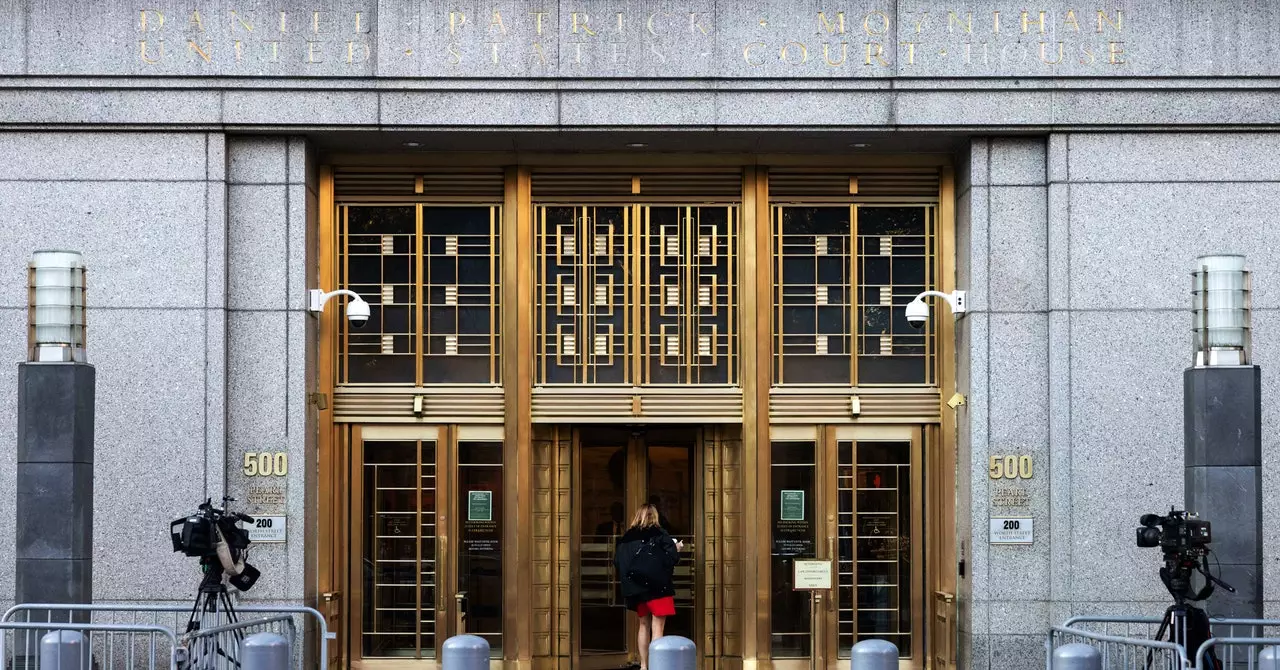The collapse of the FTX cryptocurrency exchange sent shockwaves throughout the financial world, particularly in the realm of digital currencies and blockchain technology. Its bankruptcy filing in November 2022 marked an unprecedented moment where billions of dollars in customer deposits became ensnared in a complex web of financial mismanagement and fraudulent activities. Recent judicial developments indicate a potential recovery path for affected customers, bringing renewed interest and hope amid a scandal that exposed severe vulnerabilities within the cryptocurrency market.
Recent Judicial Approval and Reorganization Plan
On a recent Monday, an important court session in Wilmington, Delaware, culminated in Judge John Dorse granting final approval to a reorganization plan proposed by FTX that aims to facilitate refunds for its former customers. This decision is noteworthy, as the plan received overwhelming support from creditors, demonstrating a rare instance where stakeholders can achieve near-total recovery from a bankruptcy scenario. Judge Dorse lauded the efforts of those involved in negotiating the complex arrangements, suggesting that this case serves as a benchmark for future bankruptcy proceedings.
The approved plan showcases an exceptional outcome for former FTX customers, as it promises not only the return of their deposits but also interest. In typical bankruptcy situations, creditors often receive only a fraction of their owed amounts, leading to significant losses. However, the FTX situation diverges from this norm, indicating a potential paradigm shift in how creditors’ claims are treated in the unfortunate event of corporate bankruptcy.
FTX’s tale is marred by high-stakes betting and reckless financial decisions made by its management. After the exchange declared insolvency, investigations unveiled a shocking narrative: customer deposits had been mishandled, transferred to affiliated entities like Alameda Research, and funneled into extravagant investments, including personal loans and political contributions. This misappropriation of funds culminated in criminal charges against FTX founder Sam Bankman-Fried, who was eventually sentenced to 25 years in prison.
In the fallout, several individuals who played pivotal roles in the company’s operations faced serious consequences. Caroline Ellison, Bankman-Fried’s former business partner, received a two-year prison sentence after cooperating with authorities by providing testimony against her former colleague. This aspect of the case highlights the willingness of some insiders to take responsibility as the legal ramifications unfold—a crucial development in restoring some sense of accountability in the financial sector.
What sets this bankruptcy case apart is the ability of FTX’s appointed administrators to recover substantial funds through asset liquidation strategies. Prior investments made by FTX’s venture capital arm, FTX Ventures, and its affiliations played a vital role in supplementing the reimbursement plan. In a bullish turn of events, the surge in cryptocurrency prices following FTX’s downfall further enabled the estate to recover significantly more than previously anticipated.
Notably, government entities such as the IRS and the Commodities and Futures Trading Commission (CFTC) agreed to postpone their claims against FTX until creditors receive reparations. However, the complexities of this arrangement reveal concerns about fairness. The categorical approach to painlessly resolving high-profile bankruptcy claims must be scrutinized for its implications on regulatory supervision and the treatment of unsecured creditors.
Despite the seemingly optimistic outlook for creditors, some customers voiced discontent with the way their claims were processed. In adherence to bankruptcy norms, the concept of “dollarization” was applied, meaning customers reclaiming their cryptocurrency assets were relegated to the dollar value of those assets at the time of FTX’s bankruptcy filing. This approach does not account for the significant recovery in the cryptocurrency market since then, which would have dramatically altered the potential returns for customers.
As leading bankruptcy experts note, traditional recovery in such cases often leads to a grim reality for unsecured creditors, receiving minimal payback on their investments. The situation becomes contentious when one considers the present value of cryptocurrencies compared to liquidations happening during a market downturn. Thus, while the narrative of a 100% recovery might sound positive, it obscures the fundamental inequities resulting from the dollarization approach.
The FTX bankruptcy represents more than just a saga of financial mismanagement; it offers critical lessons for both investors and regulators in the burgeoning cryptocurrency landscape. While the approved plan presents a rare opportunity for superior recovery values, it also raises broader questions about the integrity of financial systems, regulatory practices, and protections for consumers. As the dust settles on this case, stakeholders will need to advocate for more robust structures to ensure transparency, equity, and accountability within the volatile world of cryptocurrency investments.

